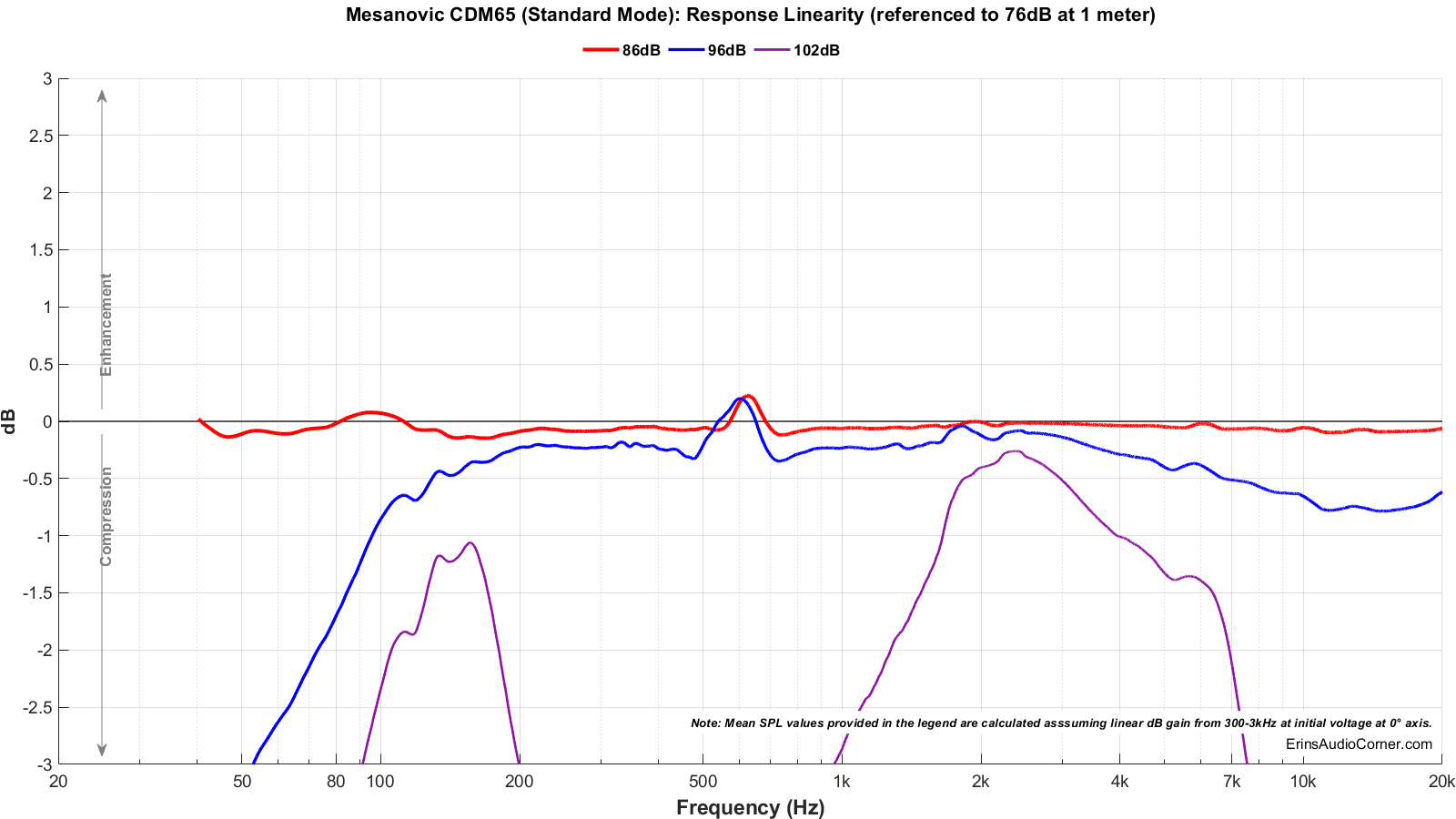Neither is relevant when the OP wants lighter speakers. Besides, those subwoofers on wheels will eventually have to be lifted to a vehicle and possibly will require a minivan.Is it easier to:
A) Put two 30lb speakers on top of a 100lb subwoofer (on wheels) and push it into the venue, and easily place the speakers onto poles and crank them up with no effort
or
B) Have to carry two 95lb huge speakers from the car into the venue, lift them onto a pole stand, and do a squat underneath them to raise the poles (crank up-poles for speakers that heavy are rare, expensive, and not very safe), fail, and ask for help, and then at the end of the night make tired venue employees help you lift them off.
That's the point we are making. You can get far better performance than the DZR315s by "dividing" the duties to DZR10 + DXS18XLF + affordable crank stands + a tilt adapter and its much easier to manage setup and strike.
There are lighter solutions, which were suggested by me and others. Performance of the equipment should match the use case. Does the OP needs 137dBSPL capacity of the DZR10 for instance?


 Jesus Christ.
Jesus Christ.